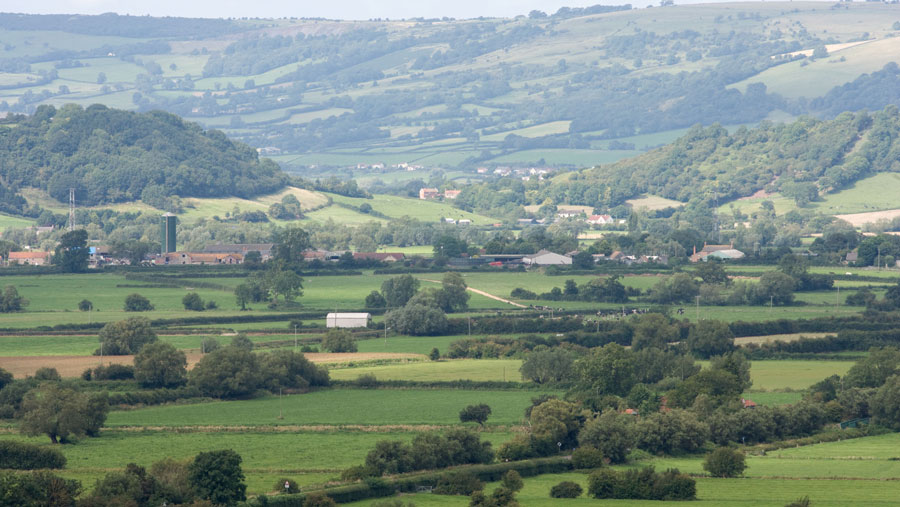2022 farm incomes beat inflation challenge, Defra figures reveal
 © Tim Scrivener
© Tim Scrivener UK farming enjoyed its most profitable year this century in 2022, according to latest government estimates, as soaring output prices outpaced the rise in input costs for many farm sectors.
The figures are revealed in the latest Total Income From Farming (Tiff) report from Defra, which calculates the total profit from all UK farming businesses on a calendar year basis.
See also: Farm incomes for 2021 up 14% according to first Defra estimate
Overall, the report points to a 16.6% rise in Tiff in 2022 to £7.94bn – an increase of £1.1bn from 2021.
This was based on total crop and livestock sales of £32.59bn, ahead of estimated input costs of £20.08bn.
Total crop sales were up 22% last year – the result of a 35% rise in prices due to the war in Ukraine, combined with a 10% yield increase, off the back of favourable plantings in autumn 2021.
Livestock sales also grew strongly – up 16% to £19.3bn – driven mainly by the rise in milk prices, which topped 50p/litre in 2022, though beef prices also climbed 12% last year, worth an extra £400m.
These output increases enabled both arable and livestock farmers to generate more profit, despite a 24% increase in the cost of animal feed, and a 104% jump in the price of fertilisers.
The egg sector was one particular exception, however, as avian influenza and inadequate price increases led to a 22% drop in returns.
Adjusted for inflation, the Tiff figures for 2022 are the highest they have been since 1995.
But, with milk, cereal and oilseed prices falling for much of 2023, with further cuts to BPS subsidies in England, and with input prices remaining stubbornly high, economists are already anticipating a downturn in Tiff for 2023.
NFU senior economist Sanjay Dhanda said: “It is a relief to see some sectors were able to perform well last year against a backdrop of farmers and growers continuing to face unprecedented challenges due to soaring energy costs, workforce shortages and extreme weather.
“However, the reality for our farming businesses is that persistent input cost inflation and a softening outlook for agricultural output prices indicates a more challenging year ahead.”
